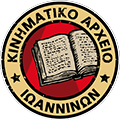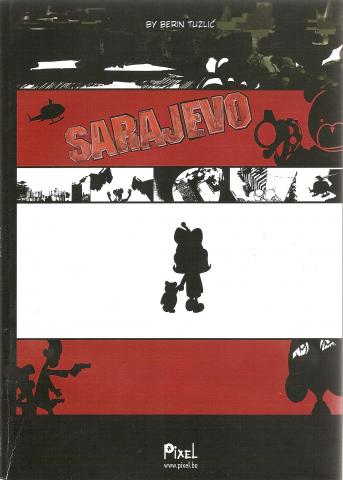I must say that I was pleasantly surprised when I saw this very innovative use of the symbol of Sarajevo, which is here used in a global context. Very few authors are capable of taking a distance from the location of their own destiny and observing it from outside as a destiny of either many individual human beings or many cultures. Categories of manipulation in this comic book are observed through the prism of global currents rather than through the prism the local vilifying, sarcasm, and exaggeration as if it was about the unique phenomena within the mankind. Tendency of repression is a universal category of the mankind and the author of this comic book understands it very well. Insamuch as the experience of Sarajevo was extreme, it is quite paradigmatic for most of the places that experienced shorter periods of siege and much milder killings (if there only was such a thing as a milder killing). Sarajevo is here used as a very cruel sublimate, as a kind of a ruzarblade of sharp ness and, using its context and its clear basis, narration can begin. Therefore, the involvement of the global circumstances and currents into a children's world is in the "I don't know when, and I don't know where implemented through the symbol of Sarajevo. Children's world, being manipulatively involved and eventually grown into a per verted world of violence, in the compact narrative context of the symbol of Sarajevo, excellently culminates in a final and unmistakable message: love and happy childhood are always there, at least for the short while. And we shall see what is it going to be like later, as long as they allow us, and as long as we fight for it.
ΕΚΔΟΣΕΙΣ
ΣΥΓΓΡΑΦΕΑΣ
ΚΩΔΙΚΟΣ
TUZ 01002
ΣΕΛΙΔΕΣ
52
Γλώσσα
Αγγλικά
Αριθμός αντιτύπων
1
Ψηφιακό αρχείο
Off
Αριθμός έκδοσης
1
Οπισθόφυλλο

